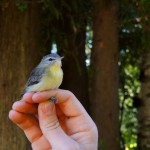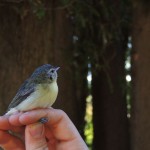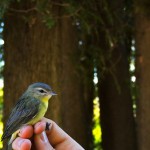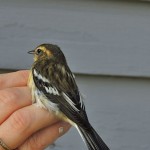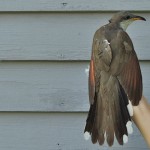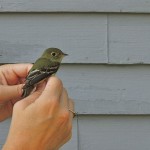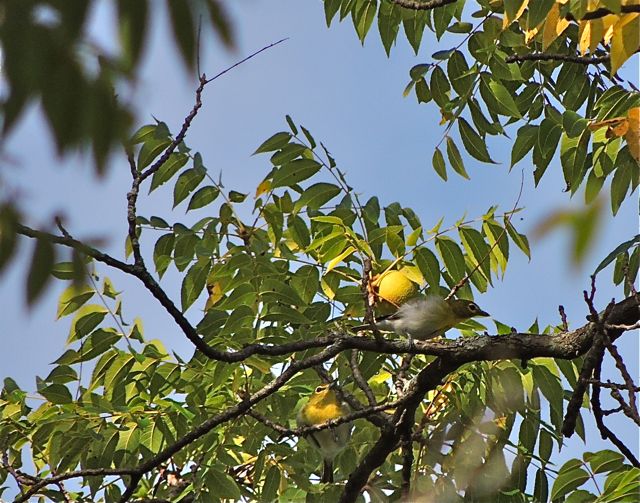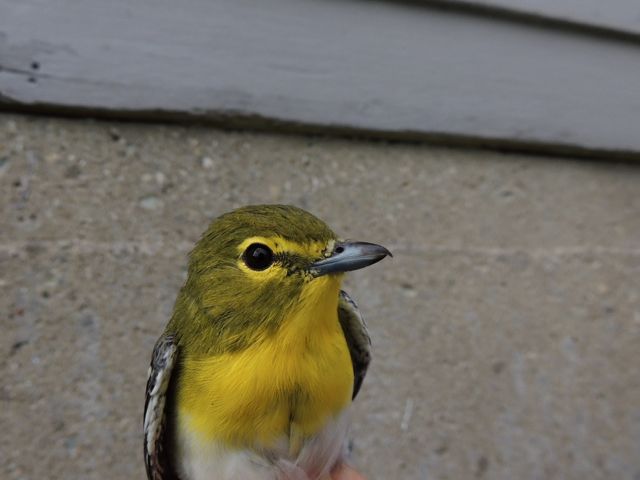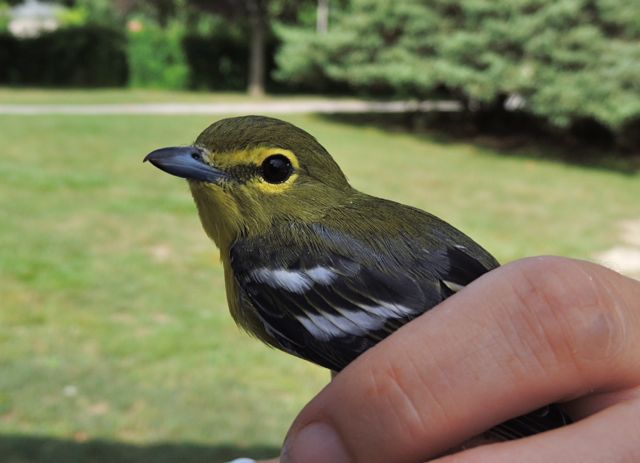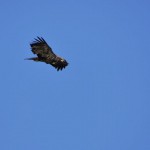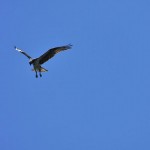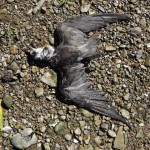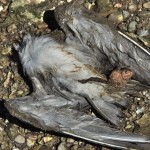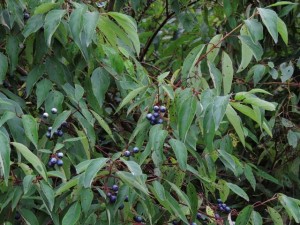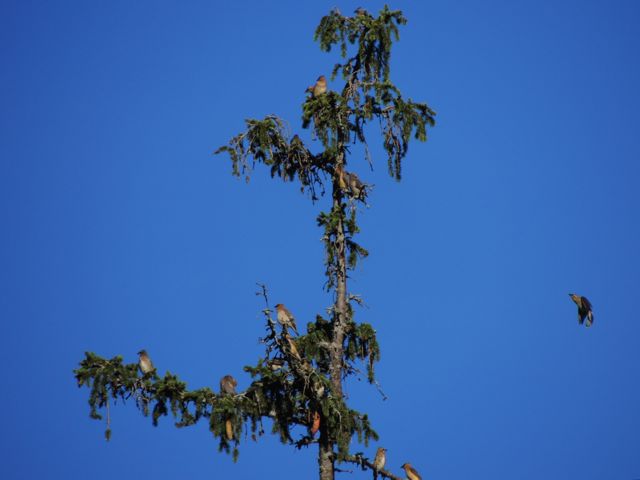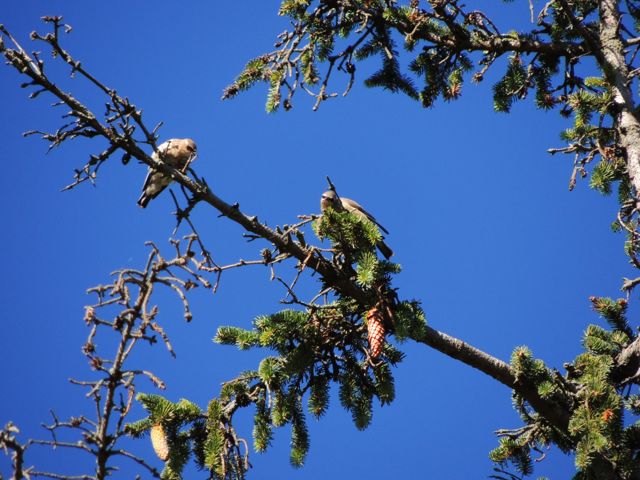14 September 2013. Cabot Head ON. There are migration seers, people who look at the weather charts, hold up a licked finger to gauge the wind or analyze decades of records as if they were football stats and from which tomorrow’s game can be foretold, but its starting to look as if bird migration is a crap shoot. For sure our summer birds will go south for the winter and generally speaking it’s about now that they should be on the move; many are. But whether they pass overhead, two or 25 miles west of us, or just trickle through depends entirely on them. We’ve had cold clear nights with frost a degree or two away, we’ve had roaring northerly winds kicking up marching ranks of surf, and we’ve had warm nights with gentle southerly winds. All of them causing much metaphorical beard stroking and muttering about tomorrow’s birds and yet each day seems much the same, a dribble of birds: American Redstarts, Blackpoll Warblers, Black-throated Green Warblers and thrushes, Swainson’s and Gray-cheeked, all nice birds but we do lots of time-filling.
Today though one of my favourite birds arrived, a Philadelphia Vireo. I’ve written plenty about vireos in the past but here they are again causing me sighs of admiration. The Philadelphia with its under-parts washed in yellow is a pretty bird, yet thanks to its stern eyebrow and hooked beak, an slightly malicious looking little beast. Here’s a trio of photos taken just before we sent it on its way.
Viewable only on the My Bird of the Day site, not on an email.
